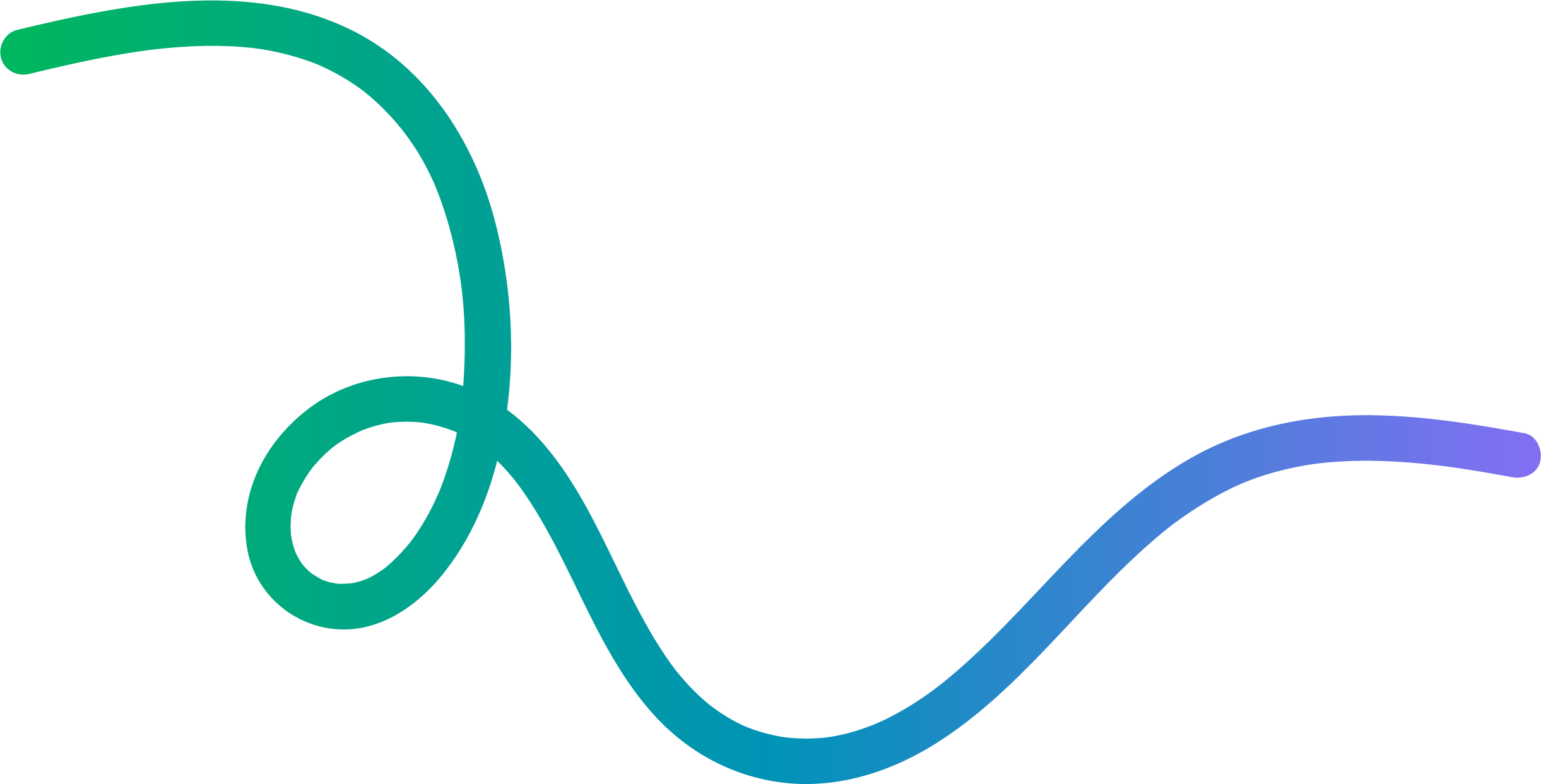Thursday, May 15, 2025
Mental Health Action Day
A Step-By-Step Employer Planning Guide
What Is Mental Health Action Day?
Mental Health Action Day is an opportunity to transform awareness into action inside your organization.
This year, join thousands of partners who are empowering their employees to dedicate one hour to helping themselves, their colleagues, and their communities — one meaningful action at a time.
This year, join thousands of partners who are empowering their employees to dedicate one hour to helping themselves, their colleagues, and their communities — one meaningful action at a time.
ABOUT
Mental Health Action Day
Mental Health Action Day is an opportunity to transform awareness into action inside your organization.
This year, join thousands of partners who are empowering their employees to help themselves, their colleagues, and their communities — one meaningful action at a time.
This year, join thousands of partners who are empowering their employees to help themselves, their colleagues, and their communities — one meaningful action at a time.
2025 ThemeCheck In With A.S.K.
This Mental Health Action Day, our collective call to action is to check in with A.S.K., the "stop, drop, and roll" for providing emotional support to the people in our lives.
Start with awareness — noticing someone who needs support. Then, take action by using A.S.K.:
- Acknowledge their experiences and feelings
- Support by asking what they need
- Keep in touch regularly to show you care
Taking intentional steps to strengthen our relationships can help us stay resilient in the face of physical and mental stress. Building connection and community can give our lives purpose and shape how we show up in our families, neighborhoods, and workplaces.



Why Should Your Company Participate?
Employees who feel connected with each other and with their communities are healthier, more resilient, and more productive. Yet only a third of Americans feel a sense of belonging in the workplace, and even fewer feel connected with their local communities. By encouraging employees to connect with each other and with the larger community, companies can:

Reduce
absenteeism.
Missed work due to loneliness costs businesses
$154 billion
annually.
$154 billion
annually.

Reduce
turnover.
Employees who don’t feel connected are
2x as likely
to quit.
2x as likely
to quit.
%404x-8.png)
Boost
recruitment.
Employees who feel like they belong at work are
9X more likely
to recommend their workplace to friends and family.
9X more likely
to recommend their workplace to friends and family.

Increase
productivity.
Connected employees see a
56% increase
in job performance.
56% increase
in job performance.

Reduce absenteeism.
Missed work due to loneliness costs businesses $154 billion annually.

Reduce turnover.
Employees who don’t feel connected are twice as likely to quit.
%404x-8.png)
Boost recruitment.
Employees who feel like they belong at work are nine times more likely to recommend their workplace to friends and family.

Increase productivity.
Connected employees see a 56% increase in job performance.
Reduce
absenteeism.

Loneliness costs businesses
$154 billion
in stress-related absences each year.
$154 billion
in stress-related absences each year.
Reduce
turnover.

Employees who don’t feel connected are
2x as likely
to say they intend to quit.
2x as likely
to say they intend to quit.
Boost
recruitment.

Employees who feel like they belong at work are
9x more likely
to recommend their job to friends and family.
9x more likely
to recommend their job to friends and family.
Increase
productivity.

Belonging is linked to a
56% increase
in job performance.
56% increase
in job performance.
Need help making a business case for investing in social connection and community-building at work?


Reduce absenteeism.
Missed work due to loneliness costs businesses $154 billion annually.

Reduce turnover.
Employees who don’t feel connected are twice as likely to quit.
%404x-8.png)
Boost recruitment.
Employees who feel like they belong at work are nine times more likely to recommend their workplace to friends and family.

Increase productivity.
Connected employees see a 56% increase in job performance.

A MESSAGE FROM ONE MIND AT WORK
Is your workforce mental health program working for you?
At One Mind At Work we're translating science to build workplace best practice that drives measurable impact on workforce mental health. We partner with leading global employers to build mentally healthy cultures, assess the maturity of their mental health programs and strategy, and engage in innovation. Join the movement today: Inquire about membership.
Editorial Note
This guide was created by the Health Action Alliance, with financial support provided by One Mind. HAA is solely responsible for the content of this guide and maintains full editorial control over its programming and employer resources. For more information about how we work with corporate sponsors, please refer to our Corporate Sponsorship Policy.
Disclaimer
This guide provides an overview of workplace health issues and is not intended to be nor should be construed as legal, business, medical, scientific or any other advice for any particular situation. The content included herein is provided for informational purposes only and may not reflect the most current developments as the subject matter is extremely fluid. This guide contains links to third-party websites. Such links are only for the convenience of the reader, user or browser; the Health Action Alliance does not recommend or endorse the contents of third-party sites. Readers of this guide should contact their attorney to obtain advice with respect to any particular legal matter. No reader, user or browser of this material should act or refrain from acting on the basis of information in this guide without first seeking legal advice from counsel in the relevant jurisdiction. Only your individual attorney can provide assurances that the information contained herein — and your interpretation of it — is applicable or appropriate to your particular situation.




























.jpg)







.svg)
